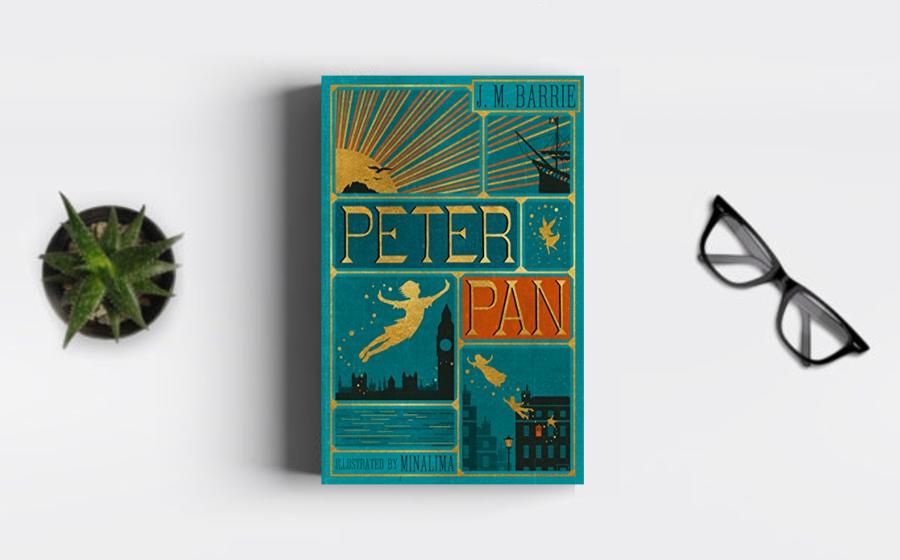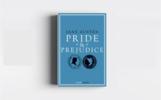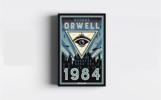"Peter Pan," written by J.M. Barrie and first
performed in 1904 as a play, stands as a timeless
children's classic that has captured the hearts and
imaginations of readers for over a century. This
enchanting tale of adventure, magic, and the refusal to
grow up has become an iconic symbol of the power of
imagination and the enduring spirit of childhood. As we
delve into the reasons behind its timeless appeal, it
becomes evident that "Peter Pan" remains a cherished
literary masterpiece that transcends generations.
At the heart of the book's timelessness is the
enchanting narrative that whisks readers away to the
magical realm of Neverland, a place where dreams come
alive and childhood fantasies take flight. J.M. Barrie's
imaginative storytelling transports readers to an island
where fairies sprinkle pixie dust, mermaids inhabit
lagoons, and pirates roam the seas. The sheer whimsy and
wonder woven into the fabric of Neverland captivate the
young and the young at heart, allowing readers of all
ages to embark on a fantastical journey where reality is
suspended, and the extraordinary becomes possible.
The iconic character of Peter Pan himself plays a
pivotal role in the book's enduring appeal. The
eternally youthful and mischievous boy who refuses to
grow up has become a cultural archetype representing the
spirit of eternal childhood. Peter's unbridled
enthusiasm, boundless energy, and unwavering belief in
the power of imagination resonate with readers across
generations. His infectious joy, coupled with the
poignant realization that he remains forever suspended
in a fleeting moment of childhood, tugs at the
heartstrings of readers, reminding them of the magic and
innocence that define the early years of life.
The concept of Neverland as a place where children can
escape the constraints of adulthood and experience
eternal youthfulness contributes significantly to the
book's timeless quality. Barrie's portrayal of Neverland
as a realm where children can soar through the skies,
engage in swashbuckling adventures, and live in a
perpetual state of play resonates with the universal
desire to preserve the magic of childhood. The
enchantment of Neverland becomes a symbol of the
enduring spirit of youth, inviting readers to reclaim a
sense of wonder and delight in the simple joys of life,
no matter their age.
The universal themes of
friendship, bravery, and the power of belief add depth
to the narrative, ensuring its resonance across
different cultures and time periods. Peter Pan's
camaraderie with the Darling children - Wendy, John, and
Michael - embodies the timeless values of loyalty and
companionship. The adventurous escapades, battles with
Captain Hook's pirates, and encounters with fantastical
creatures unfold against a backdrop of friendship and
shared experiences. These universal themes of
camaraderie and bravery serve as a bridge that connects
readers of diverse backgrounds, fostering a sense of
shared humanity and the enduring values that transcend
cultural boundaries.
The complex character of
Captain Hook, Peter Pan's arch-nemesis, adds layers of
intrigue and depth to the story. Hook's fear of the
crocodile, his obsession with revenge, and his
theatrical persona contribute to the book's timeless
appeal. Hook serves as a foil to Peter Pan, representing
the inevitability of time and the consequences of
clinging to the past. The nuanced portrayal of Hook as a
character who, despite his villainous qualities, elicits
moments of sympathy and complexity adds a layer of depth
that engages readers on a psychological level.
Barrie's exploration of the tension between the magical
world of Neverland and the mundane reality of the
Darling household provides a poignant commentary on the
fleeting nature of childhood. The bittersweet
realization that children must eventually leave
Neverland and face the responsibilities of adulthood
adds a layer of emotional complexity to the narrative.
The theme of growing up becomes a central motif,
offering readers a reflective lens through which to
contemplate the inevitable passage of time and the loss
of childhood innocence. This exploration of the poignant
intersection between fantasy and reality resonates with
readers, prompting them to revisit the story with new
insights as they navigate the complexities of growing
up.
The enduring popularity of "Peter Pan" is
also attributed to its adaptation into various forms of
media, including stage plays, films, and animated
productions. Each adaptation brings a fresh
interpretation to the beloved tale, introducing the
magic of Neverland to new generations through different
artistic expressions. The adaptability of the story
ensures that the spirit of Peter Pan remains vibrant and
accessible, allowing the timeless magic to be
experienced in evolving and imaginative ways.
The
book's exploration of the theme of motherhood, embodied
in the character of Wendy Darling, adds a layer of
emotional resonance. Wendy's nurturing role as a mother
figure to the Lost Boys and her willingness to embrace
both the magic of Neverland and the responsibilities of
the real world create a character who embodies the
complexities of womanhood. The theme of maternal love
and the tension between the desire for adventure and the
responsibilities of caregiving contribute to the book's
enduring relevance, allowing readers to connect with
Wendy's journey on a profound and emotional level.
The symbolic significance of Peter Pan as an
enduring cultural icon is reflected in his adoption as a
symbol of hope and resilience. In times of adversity and
uncertainty, the character of Peter Pan has been
embraced as a representation of the indomitable spirit
that refuses to be defeated by the challenges of life.
The iconic image of Peter Pan soaring through the skies,
accompanied by the rallying cry of "faith, trust, and
pixie dust," serves as a source of inspiration for those
facing adversity, reinforcing the timeless message that
belief in the extraordinary can overcome the limitations
of the ordinary.
"Peter Pan" by J.M. Barrie has earned its status as a timeless children's classic through a combination of enchanting storytelling, iconic characters, universal themes, and enduring adaptability. The magical realm of Neverland, the eternally youthful spirit of Peter Pan, the timeless themes of friendship and bravery, and the exploration of the complexities of growing up contribute to the book's enduring appeal. Whether experienced as a bedtime story.






